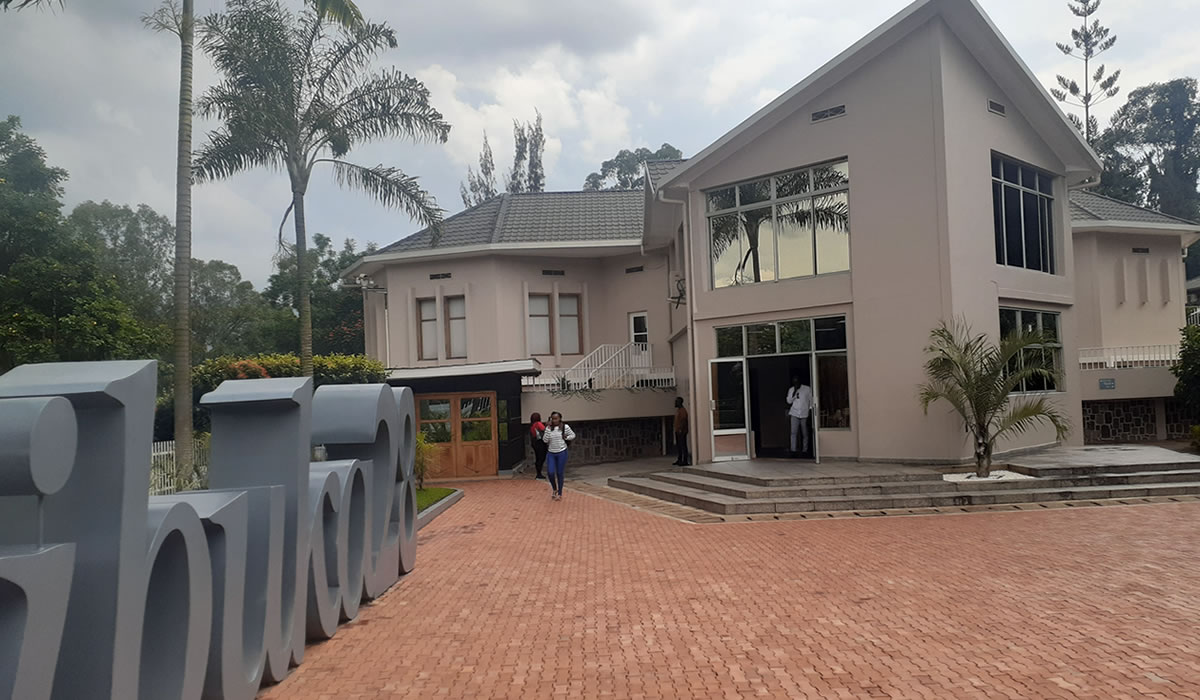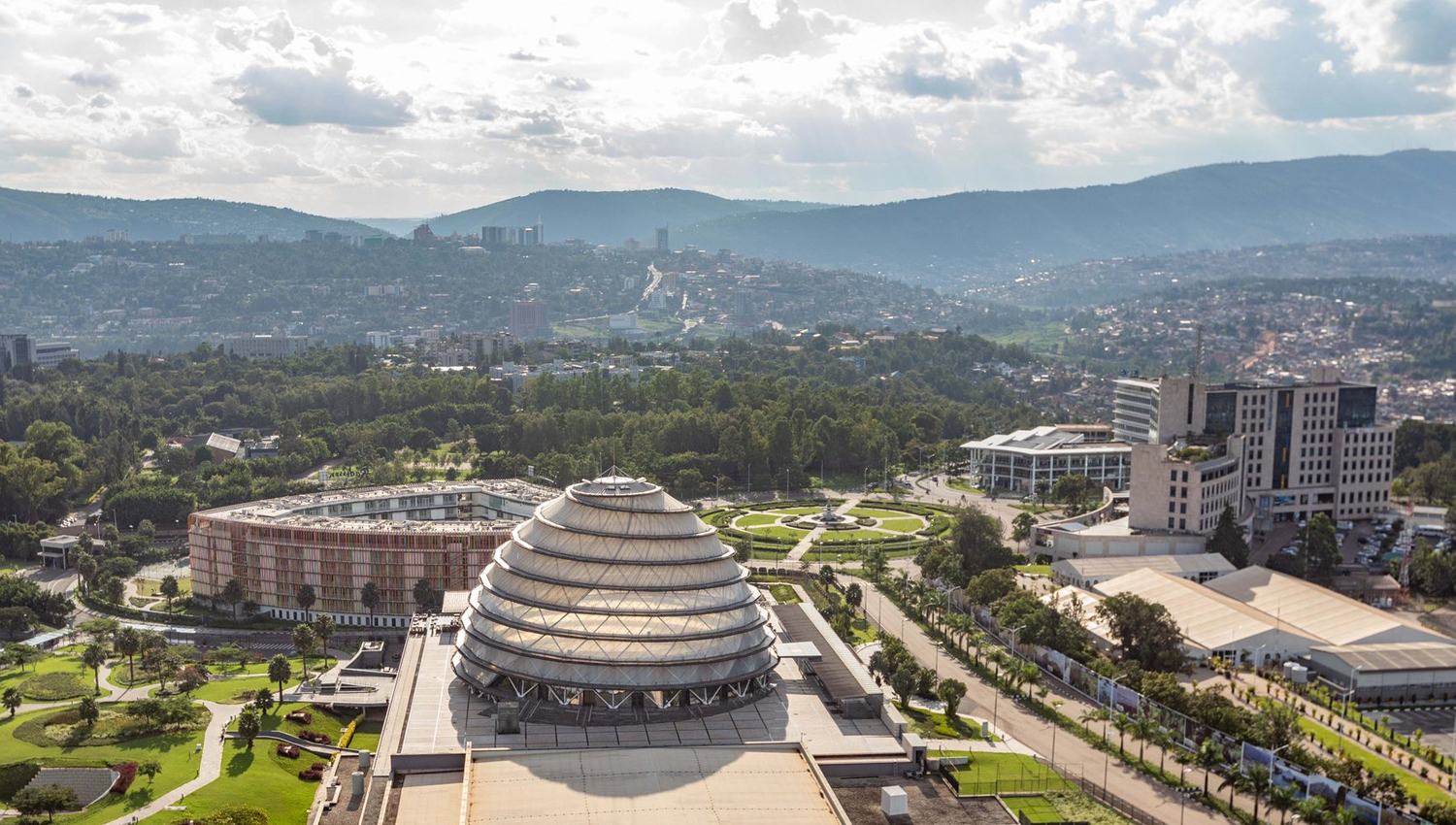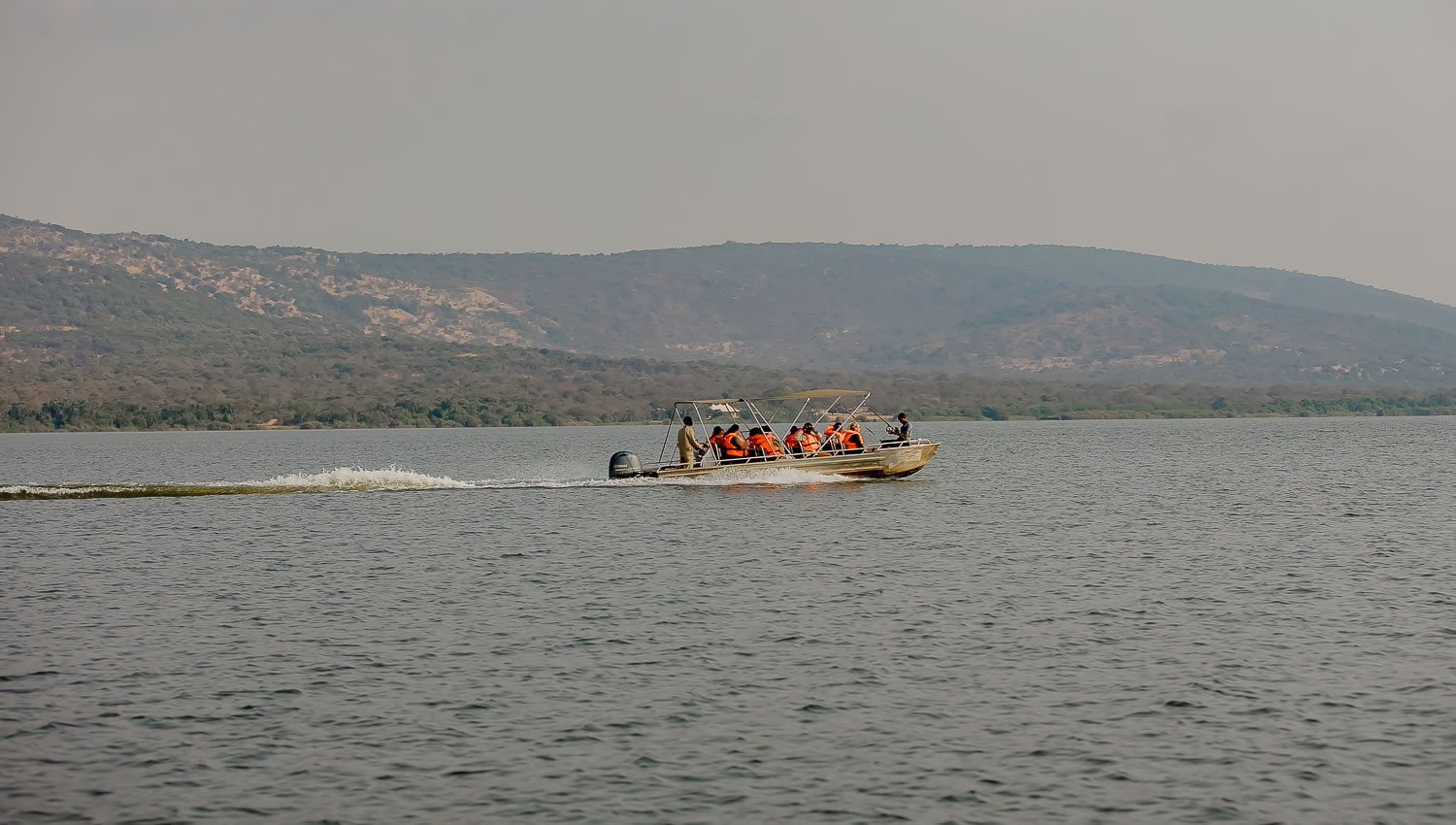Nestled among rolling hills and vibrant valleys, Kigali, the capital of Rwanda, stands as one…

Visiting the Kigali Genocide Memorial in Rwanda
The Kigali Genocide Memorial is one of Rwanda’s most significant landmarks, serving as both a memorial and an educational center dedicated to the memory of the victims of the 1994 genocide against the Tutsi. Located in the capital city of Kigali, the memorial attracts visitors from around the world who come to learn about Rwanda’s tragic history, reflect on the resilience of its people, and gain a deeper understanding of the importance of peace and reconciliation. Visiting the memorial is an essential experience for anyone travelling to Rwanda, providing insight into the country’s past while honoring the memory of those who perished.
History and Purpose of the Memorial
The Kigali Genocide Memorial was established to commemorate the hundreds of thousands of Rwandans who were killed during the 100-day genocide in 1994. It serves as a somber reminder of the consequences of hatred and the importance of promoting peace and human rights. The memorial is maintained by the Aegis Trust in partnership with the Rwandan government and includes mass graves, a museum, and educational resources designed to preserve the memory of the victims while teaching future generations about the dangers of genocide.
The purpose of the memorial extends beyond remembrance. It is also a center for learning, research, and dialogue on conflict prevention, reconciliation, and post-conflict recovery. By visiting the memorial, travellers gain not only historical knowledge but also a profound understanding of Rwanda’s journey from tragedy to resilience.
Location and Accessibility
The memorial is located in the Gisozi sector of Kigali, approximately 10 minutes from the city center. Its central location makes it easily accessible by taxi, ride-hailing services, or private vehicles. Many tour operators in Kigali also include the memorial as part of guided city tours.
For visitors planning a trip to Rwanda, Kigali International Airport is only a short drive from the city, making the memorial a convenient first or last stop in the capital. Its location ensures that visitors can combine a visit with other cultural and historical experiences in Kigali, including art galleries, local markets, and traditional Rwandan neighborhoods.
Exhibitions and Displays
The Kigali Genocide Memorial houses extensive exhibitions that document the genocide and its aftermath. Visitors can explore a series of rooms detailing the historical, social, and political context leading up to the genocide, including the colonial history, ethnic divisions, and propaganda that fuelled violence.
The memorial also displays photographs, personal artefacts, and video testimonies of survivors, providing a powerful and emotional narrative of the events. Exhibits focus not only on the horror of the genocide but also on stories of survival, heroism, and resilience. The presentation of these materials is sensitive and respectful, allowing visitors to engage with the history in a thoughtful and reflective manner.
Mass Graves and Commemoration
One of the most poignant features of the Kigali Genocide Memorial is the mass graves where more than 250,000 victims are buried. These graves serve as a solemn reminder of the scale of the tragedy and provide a space for reflection and mourning. Visitors are encouraged to walk through the memorial gardens and pay respects at the gravesites, which are marked with plaques and information about the victims.
The memorial also hosts annual commemorative events, especially during the National Genocide Commemoration Week in April. During these ceremonies, visitors and locals come together to honor the victims and reflect on the importance of peace and reconciliation.
Guided Tours and Educational Programs
For a deeper understanding of Rwanda’s history, guided tours of the Kigali Genocide Memorial are highly recommended. Knowledgeable guides provide historical context, explain the significance of exhibits, and share stories of survival and resilience. Guided tours also allow visitors to ask questions and engage in meaningful discussions about the genocide and its lessons for humanity.
The memorial offers educational programs for schools, universities, and international visitors, focusing on genocide prevention, human rights, and conflict resolution. These programs aim to ensure that the lessons of Rwanda’s past are not forgotten and that visitors leave with a renewed commitment to promoting tolerance and understanding in their own communities.
Visitor Experience and Etiquette
Visiting the Kigali Genocide Memorial is a deeply emotional experience. It is important for visitors to approach the site with respect and sensitivity. Photography is allowed in certain areas, but visitors should avoid taking pictures in spaces where it may be considered inappropriate, such as mass graves or during memorial ceremonies.
The memorial encourages quiet reflection and respectful behavior. Many visitors find it helpful to take time to absorb the exhibitions, walk through the gardens, and read the personal stories of victims and survivors. The experience can be intense, but it also provides a profound understanding of Rwanda’s history and the resilience of its people.
Accessibility for Families and Children
While the memorial is educational for all ages, parents should consider the emotional content before bringing young children. Older children and teenagers can benefit from guided tours and age-appropriate discussions about the importance of human rights, tolerance, and reconciliation. Many family visitors find the memorial a valuable opportunity to teach children about history, empathy, and the significance of peace.
Facilities at the memorial, including ramps and seating areas, make it accessible to visitors with mobility challenges. Staff are also available to assist visitors and provide information as needed.
Supporting Rwanda’s Conservation and Humanitarian Efforts
By visiting the Kigali Genocide Memorial, travellers contribute to Rwanda’s ongoing efforts in education, reconciliation, and humanitarian work. Entrance fees and donations support the preservation of the memorial, maintenance of exhibits, and educational programs for local communities. Many visitors also choose to support local initiatives, such as survivor associations and cultural programs, which help empower those affected by the genocide and promote long-term recovery.
Combining the Memorial with Other Kigali Attractions
A visit to the Kigali Genocide Memorial can be part of a larger itinerary exploring the capital city. Kigali is known for its vibrant markets, art galleries, and modern architecture. Other nearby attractions include the Inema Arts Center, the Campaign Against Genocide museum, and local craft markets. Combining cultural experiences with a visit to the memorial provides a comprehensive understanding of Rwanda’s history, culture, and contemporary development.
Planning Your Visit
Visitors to Kigali should plan for at least two to three hours at the memorial to fully appreciate the exhibitions and grounds. Early morning visits are recommended to avoid crowds and enjoy a more contemplative experience. Comfortable clothing, water, and a notepad for reflections or questions can enhance the visit.
Many tour operators include the memorial as part of a Kigali city tour, which can be combined with transportation, lunch, and other sightseeing opportunities. Advance booking of guided tours is recommended, especially during peak tourist seasons or commemorative periods.
Visiting the Kigali Genocide Memorial is an essential part of understanding Rwanda’s history, resilience, and journey toward reconciliation. The memorial provides a powerful and emotional experience, offering insight into the causes and consequences of the 1994 genocide, while honoring the memory of those who perished. Exhibitions, mass graves, survivor testimonies, and educational programs create a comprehensive narrative that is both informative and reflective.
For travellers to Rwanda, the Kigali Genocide Memorial is more than a tourist attraction; it is a place to reflect on the importance of human rights, peace, and unity. By visiting the memorial, travellers gain a deeper appreciation for Rwanda’s progress and resilience, while supporting ongoing educational and humanitarian efforts. Whether visiting as part of a city tour or as a standalone experience, the Kigali Genocide Memorial leaves a lasting impact on every visitor, ensuring that the lessons of the past are not forgotten.




